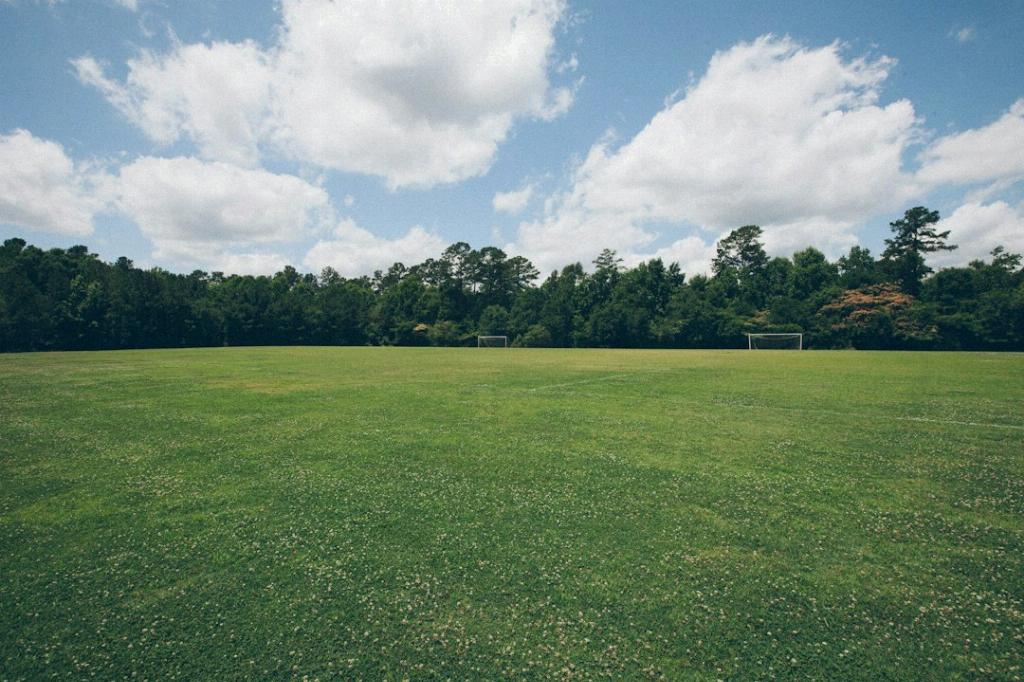When it comes to maintaining a healthy and vibrant lawn, dethatching plays a crucial role in promoting optimal growth and overall lawn health. Dethatching is the process of removing the layer of thatch that can build up over time, preventing essential nutrients, water, and air from reaching the soil.
Identifying the Signs of Thatch Build-Up
One of the key indicators that your lawn may need dethatching is the presence of a thick layer of dead grass, roots, and other organic matter that prevents proper penetration of water and nutrients. This accumulation of thatch can choke your lawn, leading to yellowing grass, poor drainage, and increased vulnerability to pests and diseases.
The Benefits of Dethatching
By dethatching your lawn, you can improve the overall health and appearance of your grass. Removing excess thatch allows the soil to breathe, promoting better root growth and enhancing water and nutrient absorption. This, in turn, leads to a thicker, greener lawn that is more resilient to environmental stressors.
Choosing the Right Time to Dethatch
The best time to dethatch your lawn is during the active growing season when the grass is thriving. In most cases, early spring or early fall are ideal times to dethatch, as the cooler temperatures and ample moisture provide optimal conditions for recovery post-dethatching.
Tools and Techniques for Dethatching
There are several methods for dethatching your lawn, including using a dethatching rake, a power dethatcher, or a vertical mower. Each method has its advantages and is suitable for different lawn sizes and levels of thatch build-up.
Preparing Your Lawn for Dethatching
Prior to dethatching, it is essential to mow your lawn to a shorter length and water it thoroughly. This will make the dethatching process more effective and reduce stress on your grass. Additionally, marking sprinkler heads, utilities, and other obstacles will help prevent damage during dethatching.
Executing the Dethatching Process
When dethatching your lawn, it is crucial to work methodically, moving in overlapping rows to ensure thorough coverage. Avoid dethatching too aggressively, as this can damage the grass and soil. Once the process is complete, be sure to remove the thatch debris to prevent it from re-settling on your lawn.
Post-Dethatching Care
After dethatching, your lawn may appear stressed, with bare patches and exposed soil. To help your grass recover, water it deeply and apply a high-quality fertilizer to promote new growth. Monitoring your lawn’s progress and providing proper care will help it rebound quickly.
Maintaining a Dethatching Schedule
To prevent excessive thatch build-up in the future, it is essential to incorporate dethatching into your lawn care routine on a regular basis. Depending on your lawn’s condition and the rate of thatch accumulation, dethatching every 1-3 years may be necessary to keep your lawn healthy and vibrant.
Consulting with Professionals
If you are unsure about when or how to dethatch your lawn, consider consulting with a lawn care professional. They can assess the condition of your lawn, recommend the appropriate dethatching method, and provide guidance on post-dethatching care to ensure optimal results.

In Conclusion
Dethatching is a fundamental aspect of lawn care that can have a significant impact on the health and vitality of your grass. By understanding the importance of dethatching, recognizing the signs of thatch build-up, and following proper dethatching techniques, you can maintain a lush, green lawn that enhances the beauty of your outdoor space.
